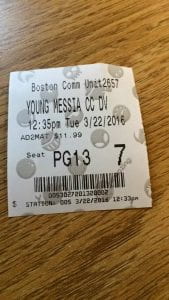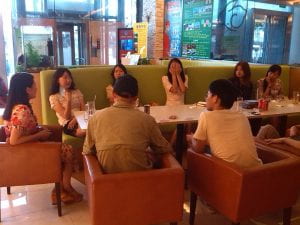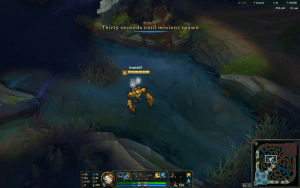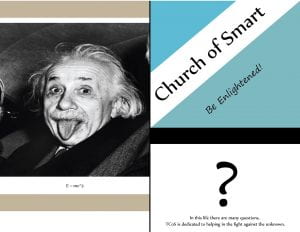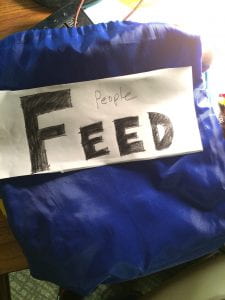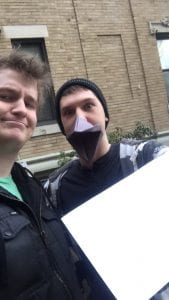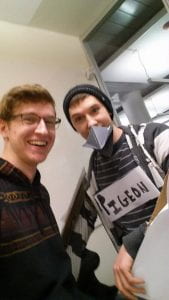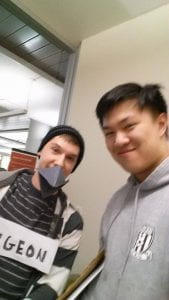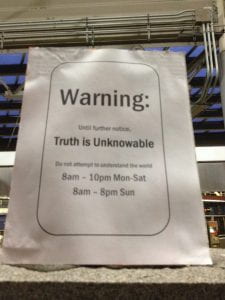Arwork #3 Intervention (<—click on me)
For this assignment I explored how I could intercept and influence the routines that many people have hardwired into their day. By hardwired, I mean that these routines are so engrained in someone’s everyday life that they complete them without any thought or attention; an example could be something as simple as brushing your teeth in the morning after you wake up.
The intervention experiment that I decided to conduct was to put a “Malfunctioning Elevator” sign in my elevator that instructed people to first travel to the basement (ground) floor before going to their destination floor. I conducted this experiment by taping the sign to the inside of the elevator, right above the floor buttons, and then waiting on the ground floor to see who actually followed the directions and went down before going up. To document my findings, I took pictures of some of the people who fell for my trap, and also wrote down several interactions I had with disgruntled people who wanted to tell me how they felt about this.
Although many Dada artists embraced the idea of intervention and disrupting everyday society, I was largely inspired by the UK artist “Banksey”. Banksey is the operating name of an extremely well known interventionist in the UK who became famous for his massive amount of graffiti stencils that often depicted the flaws in society. I first became introduced to Banksey over spring break when my mom and I watched “Exit Through the Gift Shop” together, an amazing Indie film that not only documents the work of the mysterious “Banksey”, but also furthers his agenda as the film itself is simply another one of Banksey’s ingenious interventions.
Focusing more on how this assignment draws from what we have learned in class, I definitely drew a bit from the intervention piece that Chris Burden did when he laid on a table in an elevator with instructions to push pins into his body. I felt that his approach was maybe a bit too intense for me to try to replicate, especially since I wasn’t trying to challenge the nature of what we consider as art, so I went with something a little more reasonable and did my own little psychological experiment in a more mild manner. After coming up with this artwork-experiment idea, I sat down thought about whether I would have made the decision to do something like this before taking this class or whether I would have been opposed to the nature of a project like this. In thinking, I realized that so much of what inspired me to come up with this simple yet provoking intervention came from taking part in our class discussions and developing a more open mind about this kind of art.
Documentation:
I documented my intervention in two main ways: 1) I waited on the basement (ground) floor and took pictures of some of the people who actually followed the fake instructions. 2) I rode in the elevator as an anonymous spectator with groups of people coming back from class and took notes on some of the main points of conversation surrounding the sign.
Pictures:
**See attached files**
Convorsation Notes:
“This is so stupid, the elevator works fine.”
– Clare from 4th floor
“This can’t be real. Does anyone know if it actually is? Should I just push 3rd floor or should I actually go to the basement…? ~Seeking approval from rest of group in elevator~
– Nick from 3rd floor
“Walker this is so something you would do oh my god can I get a picture of you next to it??”~Not knowing I actually made the sign~
– Emmie from 4th floor
Takeaway:
Although I got a few people to follow my instructions and unknowingly give input on their feelings towards my intervention, what I ultimately learned from this project was that most people were so preoccupied with their phone or themselves that they didn’t even read the sign and just used the elevator as they normally would. This largely confirms my belief that for most people who take the elevator, the routing is so simple and mundane that it is hardwired into their system, and as a result these peoples’ thought process seems to shut off once they enter the routine and only resume once the “hardwired” routine has been completed. But what about those who were able to break out of this routine induced zombie-like state and actually read the instructions? I found that almost every person was disgruntled or upset by this change in routine, and most had no problem directing their anger to me once I told them that it was my sign and that the elevator in fact worked fine.

